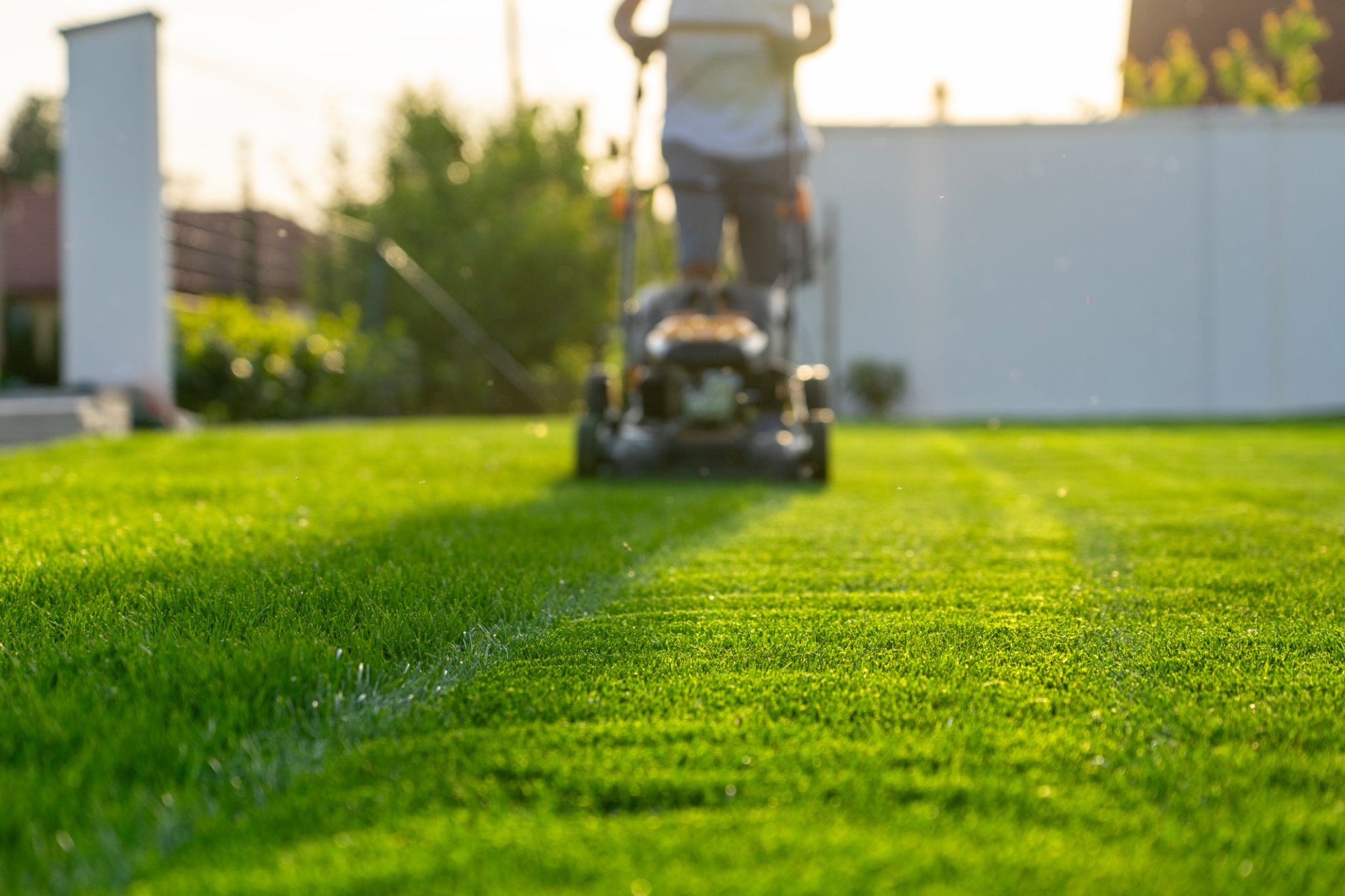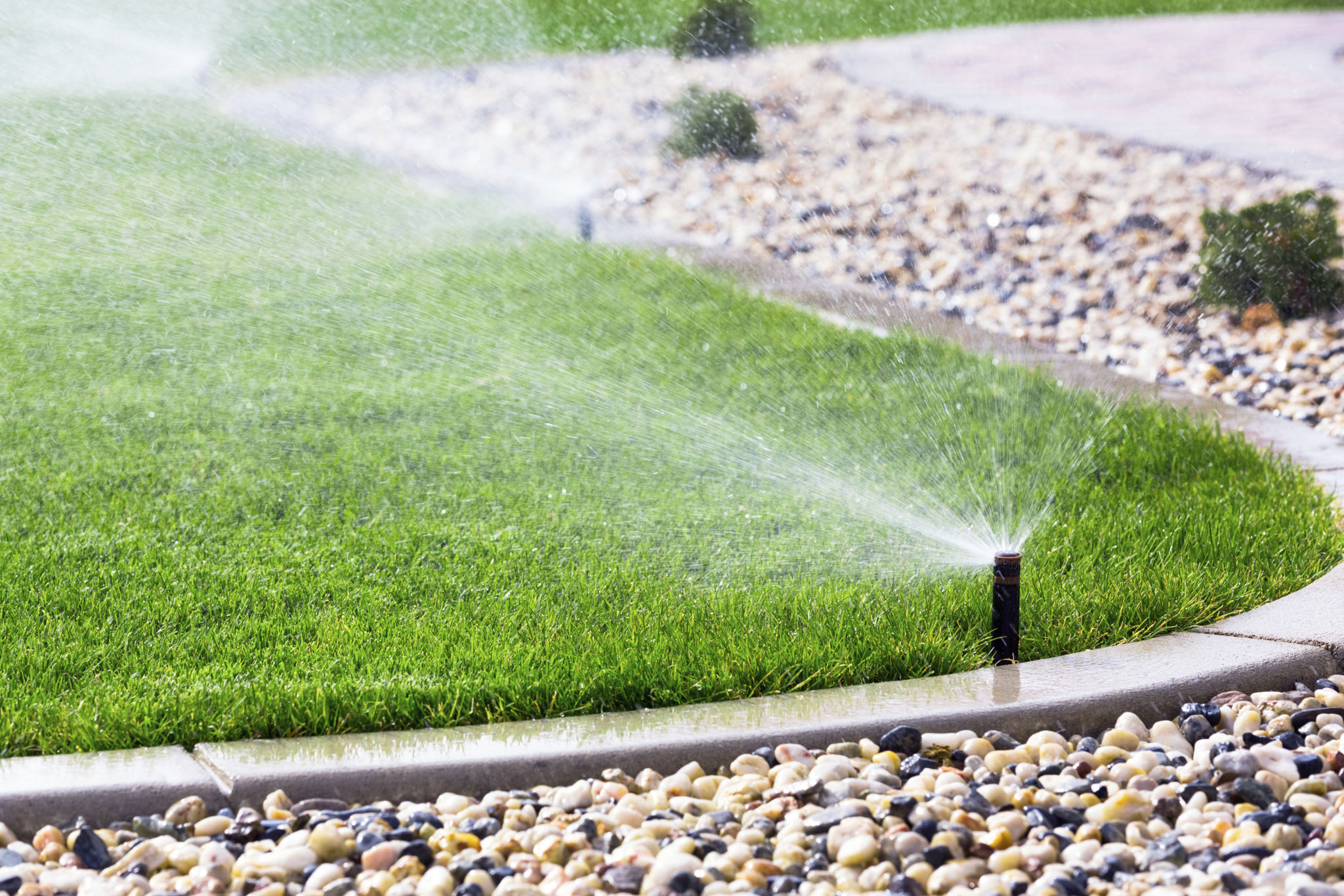Common Lawn Care Misconceptions Debunked by Sota Lawn Care
Introduction to Lawn Care Misconceptions
Lawn care is a science and an art, but it’s often surrounded by myths that can lead to poor lawn health. At Sota Lawn Care, we believe in empowering homeowners with accurate information. In this post, we will debunk some common misconceptions that could be affecting your lawn’s vitality.

Myth: Watering Daily is Necessary
One of the most widespread myths is the belief that lawns need daily watering. In reality, overwatering can be just as harmful as underwatering. Lawns generally require about 1 to 1.5 inches of water per week, including rainfall. It’s best to water deeply and less frequently to encourage deep root growth.
Watering should be done early in the morning when temperatures are cooler, minimizing evaporation. This practice helps maintain a healthy lawn without wasting resources.
Signs of Overwatering
- Mushy soil
- Yellowing grass
- Fungal growth

Myth: Cutting Grass Short Reduces Mowing Frequency
A common mistake is cutting grass too short to reduce the frequency of mowing. This practice, known as "scalping," can stress the lawn and make it more susceptible to weeds and diseases. Instead, aim to remove only about one-third of the grass blade length at each mowing session.
Maintaining a proper grass height allows for better photosynthesis and a thicker lawn that naturally suppresses weeds.
Myth: All Fertilizers Are the Same
Fertilizers are not one-size-fits-all. Different lawns have different nutrient needs depending on the soil type and grass species. Using the wrong fertilizer can lead to nutrient imbalances and damage your lawn.
It's essential to conduct a soil test to determine the specific needs of your lawn. Based on the results, you can choose an appropriate fertilizer that promotes healthy growth.

Myth: Weeds Can Be Eliminated Permanently
While it would be ideal for weeds to vanish forever after treatment, the reality is more complex. Weeds can be persistent, and even the most well-maintained lawns may experience some weed growth over time. Instead of seeking a one-time solution, focus on building a healthy lawn that naturally resists weeds.
This can be achieved through regular mowing, proper fertilization, and appropriate watering practices. A dense and healthy lawn leaves little room for weeds to establish themselves.
Effective Weed Management Tips
- Identify the type of weeds present.
- Use targeted herbicides as needed.
- Enhance lawn health through proper care practices.
Conclusion
Understanding and debunking these common lawn care misconceptions can lead to a healthier and more vibrant lawn. By adopting informed practices, you not only improve your lawn’s appearance but also contribute to environmental sustainability. For personalized lawn care advice and services, reach out to Sota Lawn Care. We're here to help your lawn thrive!

